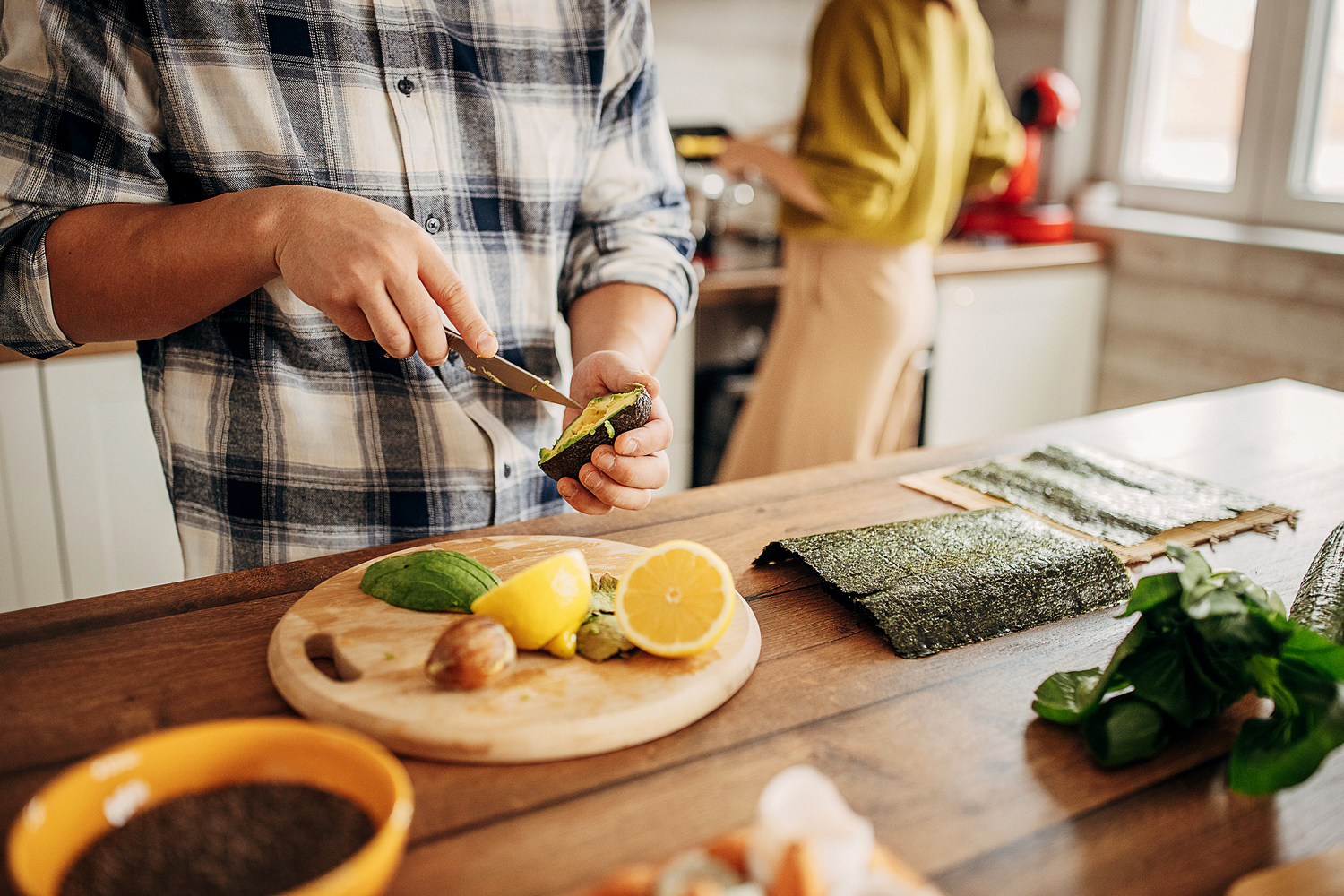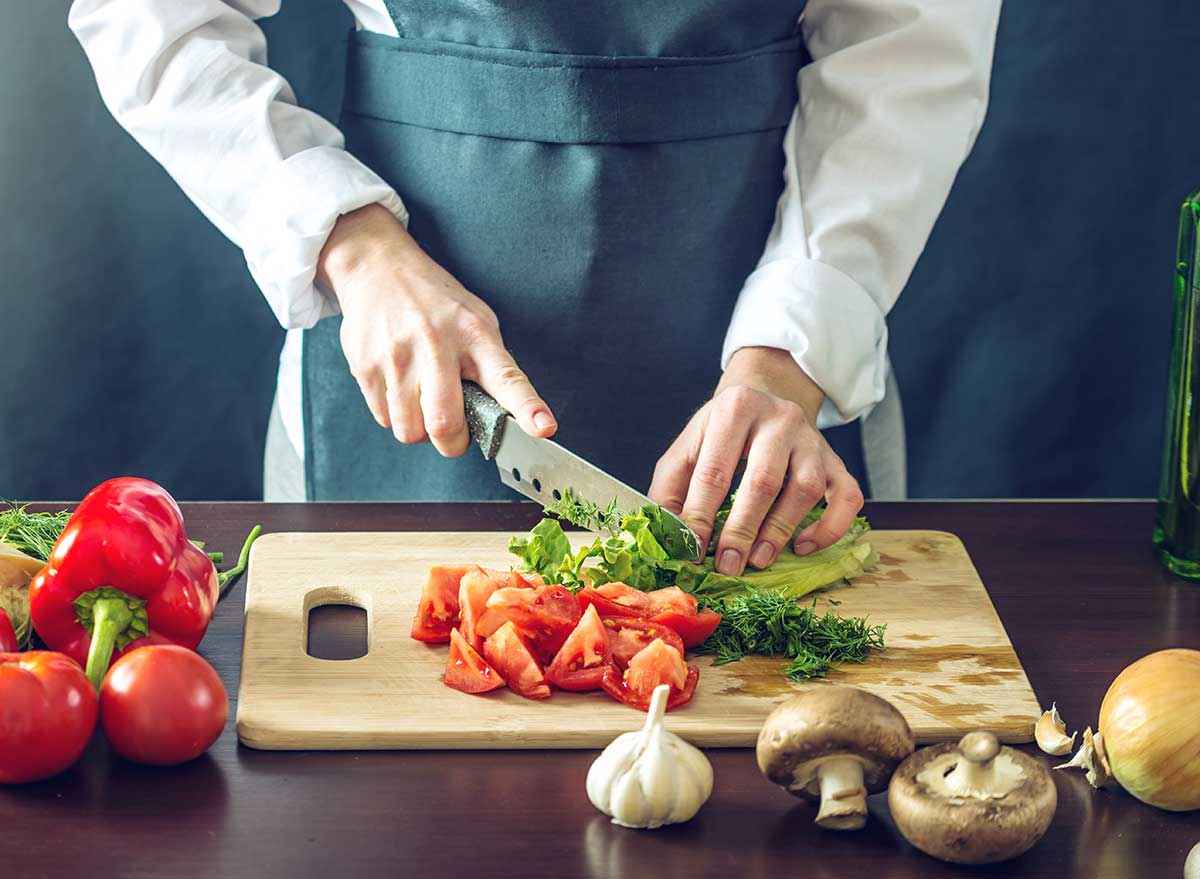What is the Most Important Reason for You to Wash and Sanitize a Cutting Board?
Written By James Morgan
Anyone who loves barbecue knows that cleanliness is crucial, especially when it comes to your grilling tools. One of the **most important reasons** for consistently cleaning and sanitizing your cutting board is to avoid cross-contamination. Cross-contamination can lead to harmful bacteria transferring from one food item to another, potentially causing severe health problems.
Considering that most barbecue enthusiasts frequently handle raw meat, the risk of bacteria like Salmonella, E. coli, and Listeria growing on your cutting board is quite high. This makes the task of washing and sanitizing not only essential but life-changing for your health and safety.

Shocking But True: The Dangers of Cross-Contamination
When you prepare food, especially raw meat, on a cutting board, any bacteria present on the meat can cling to the surface of the board. If you then use the same cutting board to chop vegetables or other ready-to-eat items without cleaning it properly, you risk transferring these dangerous bacteria. This process is known as cross-contamination, and it's one of the biggest reasons why thorough cleaning and sanitization of your cutting board are paramount.

Life-Changing Impact of Proper Hygiene
Adopting good practices when it comes to cleaning your cutting board can have a tremendous impact on your health. Ensuring that your board is properly cleaned and sanitized will protect you and your loved ones from foodborne illnesses that can lead to severe health issues or even hospitalization.
Terrific Tips for Cleaning and Sanitizing
So, how should you go about washing and sanitizing your cutting board? Here are some unmissable tips:
- Use hot, soapy water to scrub the board thoroughly after each use.
- For additional sanitization, use a mixture of one tablespoon of unscented liquid chlorine bleach per gallon of water.
- Ensure the board is completely dry before storing it to prevent the growth of bacteria.

It's Here! The Best Materials for Cutting Boards
When choosing a cutting board, it's vital to consider the material. Wooden cutting boards, for example, are excellent for their durability and self-healing properties. However, they also require more care to keep them clean. Plastic boards are easier to sanitize but can develop deep cuts over time that harbor bacteria. For an exclusive look at different cutting board materials and their benefits, check out this Cutting Board Safety Guide from FoodSafePal.

Technology-Approved Methods for Better Hygiene
With advancements in technology, we now have specialized cleaning tools designed to make maintaining your cutting board easier than ever. From UV sanitizers to advanced dishwashers that offer high-temperature cleaning cycles, there's no excuse for not keeping your cutting board in tip-top shape.
Cutting Board Care: More Than Just Cleaning
Beyond just cleaning, taking good care of your cutting board can extend its lifespan and keep it functional for all your barbecue needs. Regularly oiling your wooden boards can prevent cracks and keep the board in good condition. For detailed steps on maintaining your cutting boards, explore this helpful guide on How to Oil and Maintain a Cutting Board.
FAQs
Why should I wash my cutting board immediately after use?
Washing your cutting board immediately after use minimizes the risk of bacterial growth. Bacteria thrive on food particles left on the board, so quick cleaning is essential for hygiene.
Can I use the same cutting board for meat and vegetables?
It's highly recommended to use separate cutting boards for meat and vegetables to prevent cross-contamination. If you must use the same board, ensure it is thoroughly cleaned and sanitized between uses.
What is the best way to sanitize a wooden cutting board?
To sanitize a wooden cutting board, scrub it with hot, soapy water and rinse it well. You can also use a bleach solution or spray it with white vinegar and hydrogen peroxide for extra sanitization.
For more tips and advice on cutting board care, explore these resources: How to Restore a Cutting Board, Make a Cutting Board from a Log, and Cleaning Plastic Cutting Boards Without Bleach.
As an Amazon Associate, I earn from qualifying purchases.



